Faro de Arinaga: a Kingdom between the Land and the Sea
Faro de Arinaga (Arinaga Lighthouse), in Gran Canaria, crowns and watches over a coastal and inland space conforming a landscape of high natural value.
Getting to the foot of a lighthouse somehow feels like and adventure. This feeling is linked to the stories associated with these buildings, linked to the sea fare over the centuries, to captains and crews looking for the saving light in stormy nights, to lonely lighthouse keepers and beautiful, remote places. This halo, where imagination and reality become one, surrounds Arinaga lighthouse, in the coast of Agüimes, Gran Canaria, the lighthouse guiding these words today.
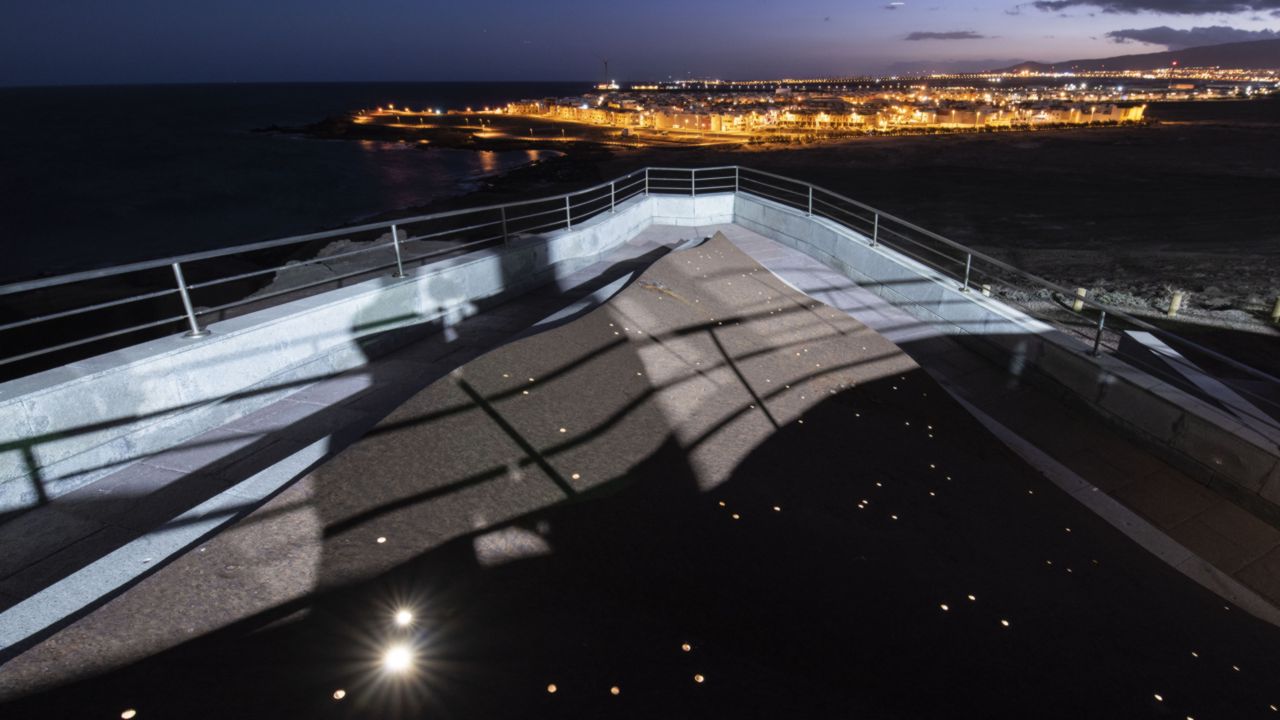
The lighthouse rises over Punta de Arinaga and crowns a vault of rock, breeze, sand and intense blue. The glass eye sees everything. To the North, only a stone’s throw away, is Playa de Cabrón, the cove from which divers enter a crystal kingdom and its court of purple starfish, seahorses, monkfish, blowfish and sea snails, giant shells used by the aborigines of Gran Canaria as horns for the ships.
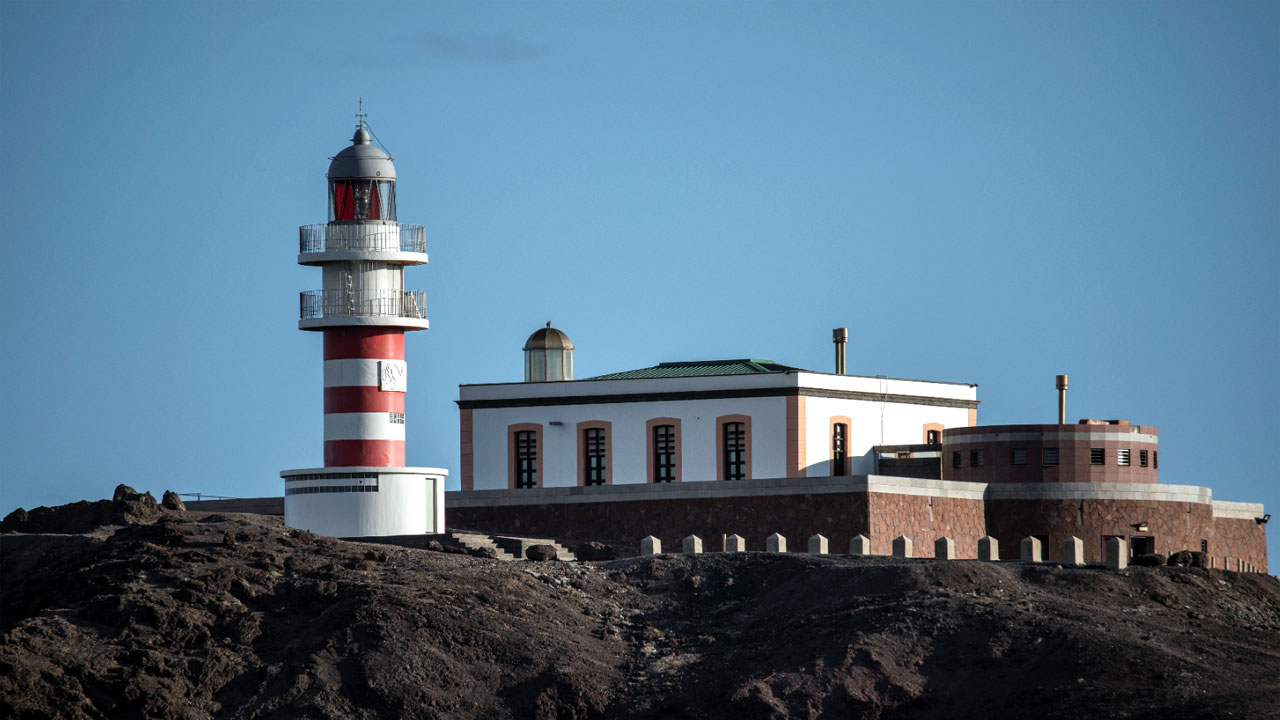
The shore continues towards the South, to Playa de Arinaga, winding paths of volcanic rock where the Atlantic Ocean draws poodles and lagoons in a palette of blues during the low and high tides. In front, like a castaway who has given up the hope of rescue, emerges the Roque (Rock) usually with fishermen on leeward.
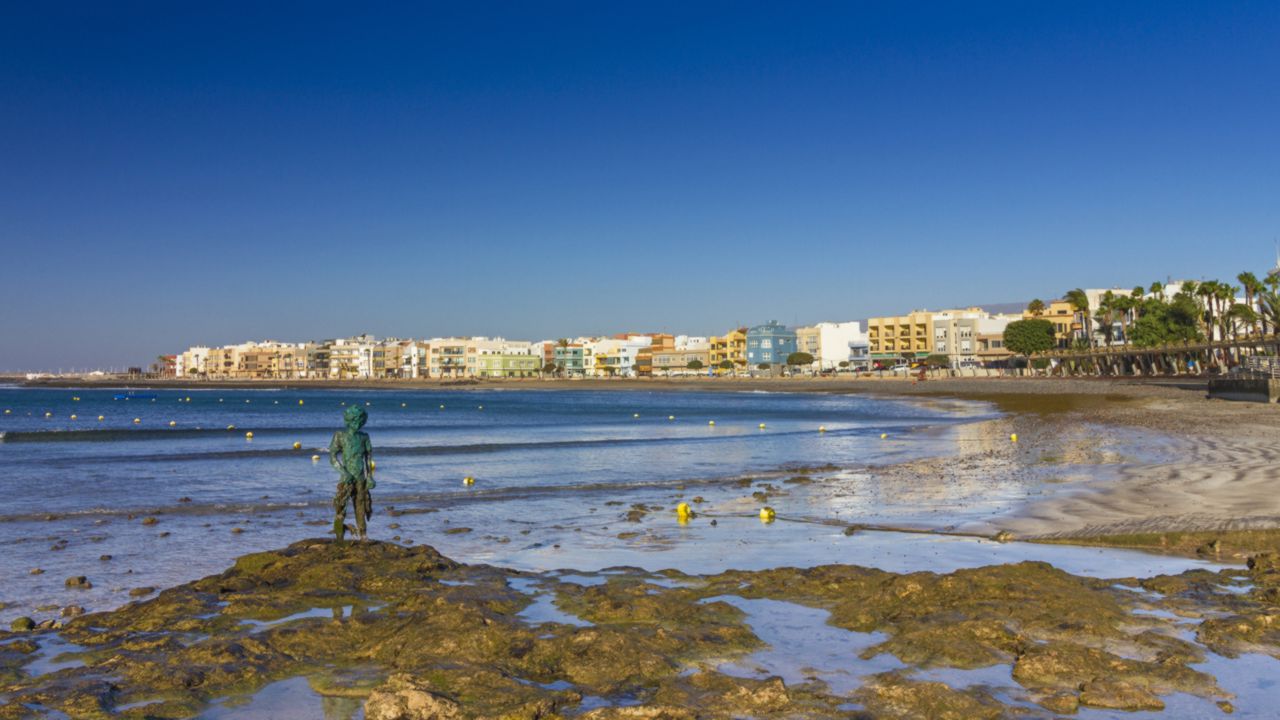
But we must not be distracted by the views from the true Sun King of this little empire. The structure of Faro de Arinaga is one of the few examples of the island’s lighthouse architecture of the end of XIX century still standing in the Canarian archipelago. Designed by the Gran Canaria architect Juan León y Castillo, designer also of Faro de Maspalomas and Puerto de La Luz y de Las Palmas, shows a balanced shape, in an eclectic classical style. Nowadays it has a restaurant and terrace, with a menu inspired by the oceanic shore.
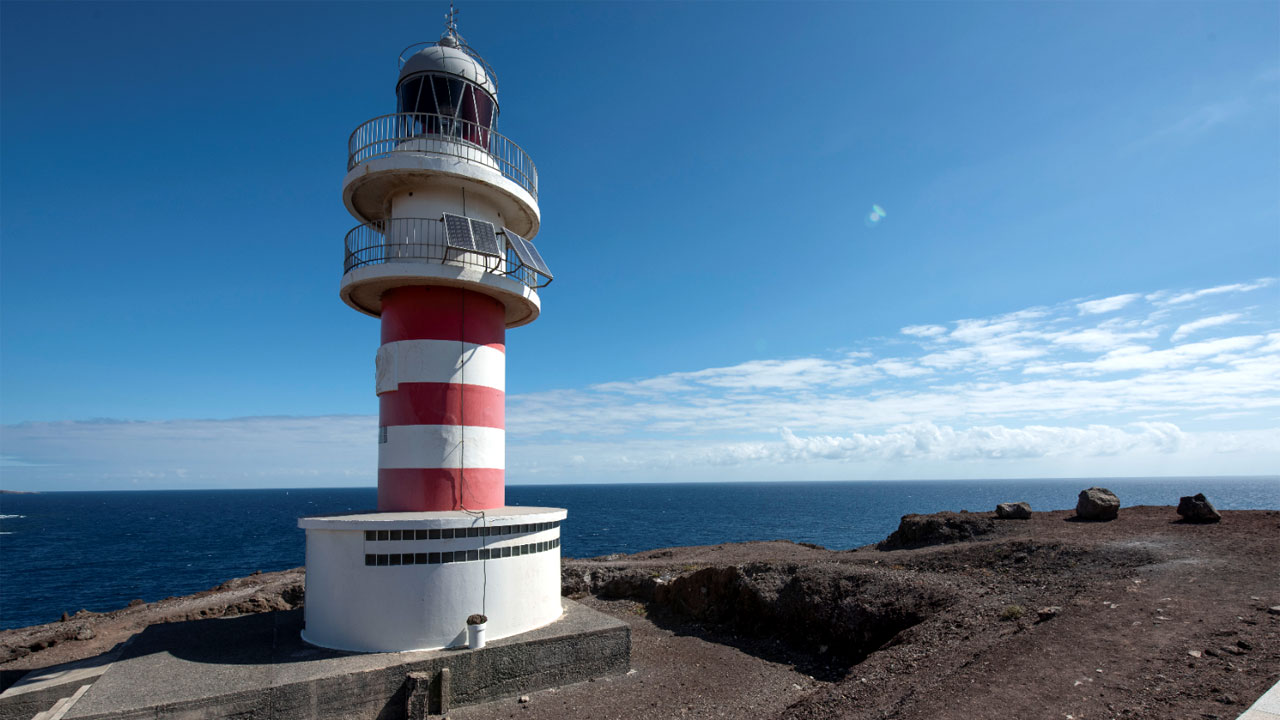
Faro de Arinaga may be material for dreams and hopes, but it is especially easy to reach by car or foot, along the path starting at the northernmost point of Playa de Arinaga. The path enters the protected natural space of Montaña de Arinaga, the ancient volcano still watching the days go by with its camel-hump shape.
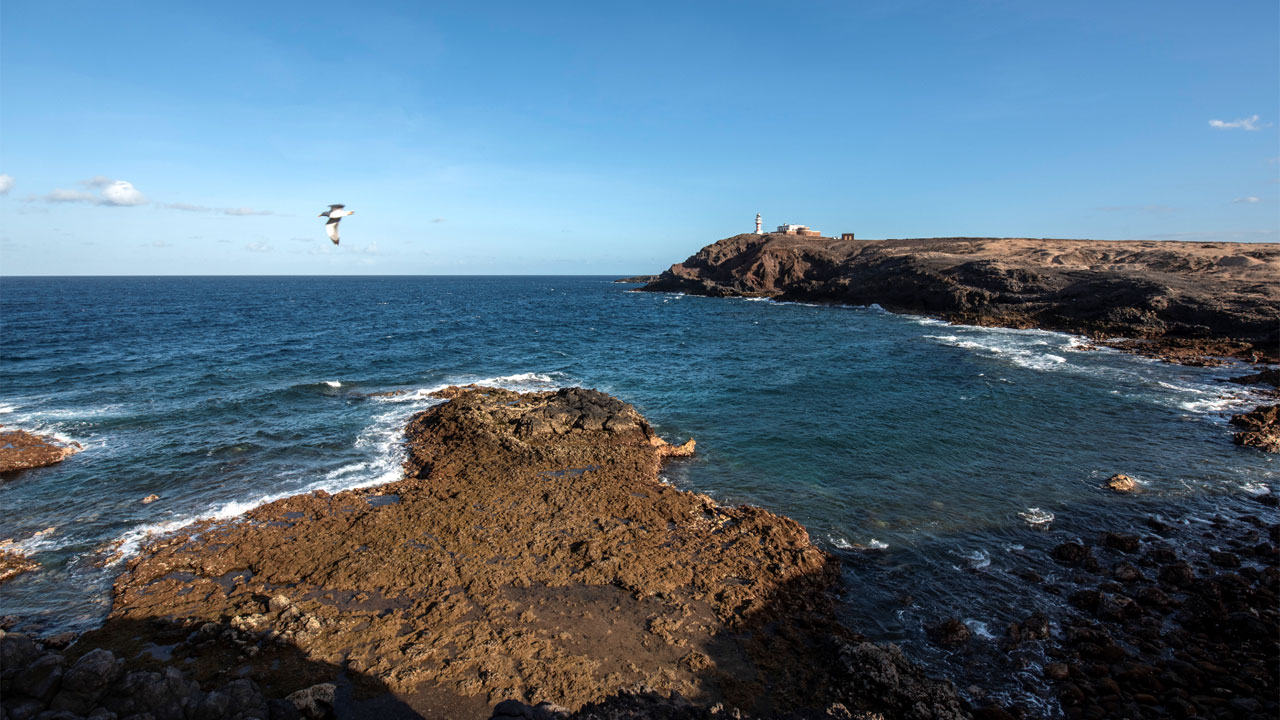
This intense and short route starts where the trade winds entangle around the sculpture ‘Jugando con el Viento’ (‘Playing with the Wind’), created by the artist Joseph Plantiura, which presides over Mirador de Risco Verde (‘Risco Verde Viewpoint’), very near Museo de la Cal de Risco Verde (‘Risco Verde Lime Museum’), and the collection of interesting sculptures by Juan González Artiles that recreate inland a sea fauna of ornate wrasse, blowfish, wreckfish and vieja. The pieces show the diffuse boundaries between land and sea in this part of the coast of Gran Canaria, where a lighthouse, a shining monarch who refuses to acknowledge the passing of time, keeps watching its dominions.
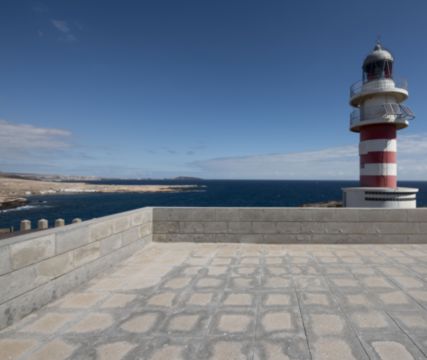
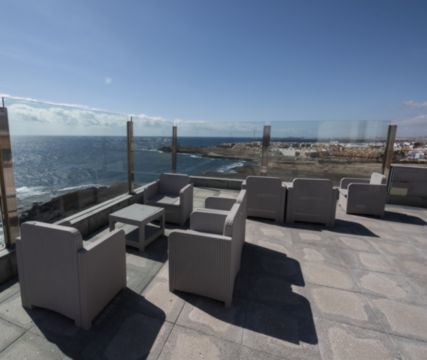
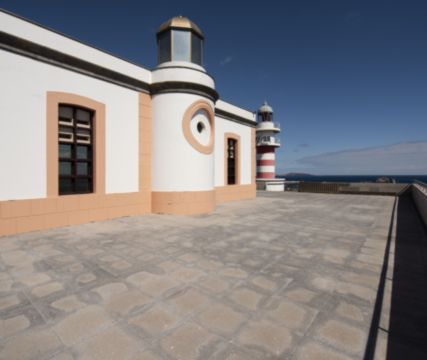
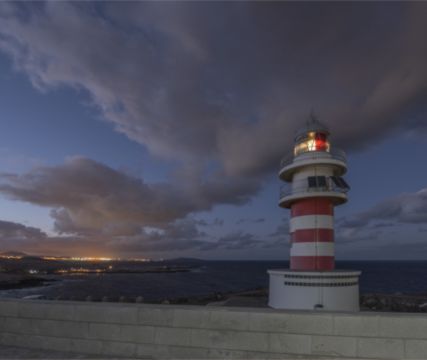
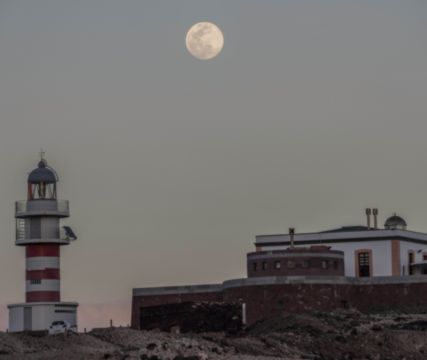
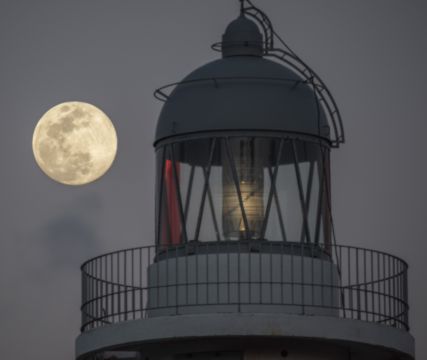

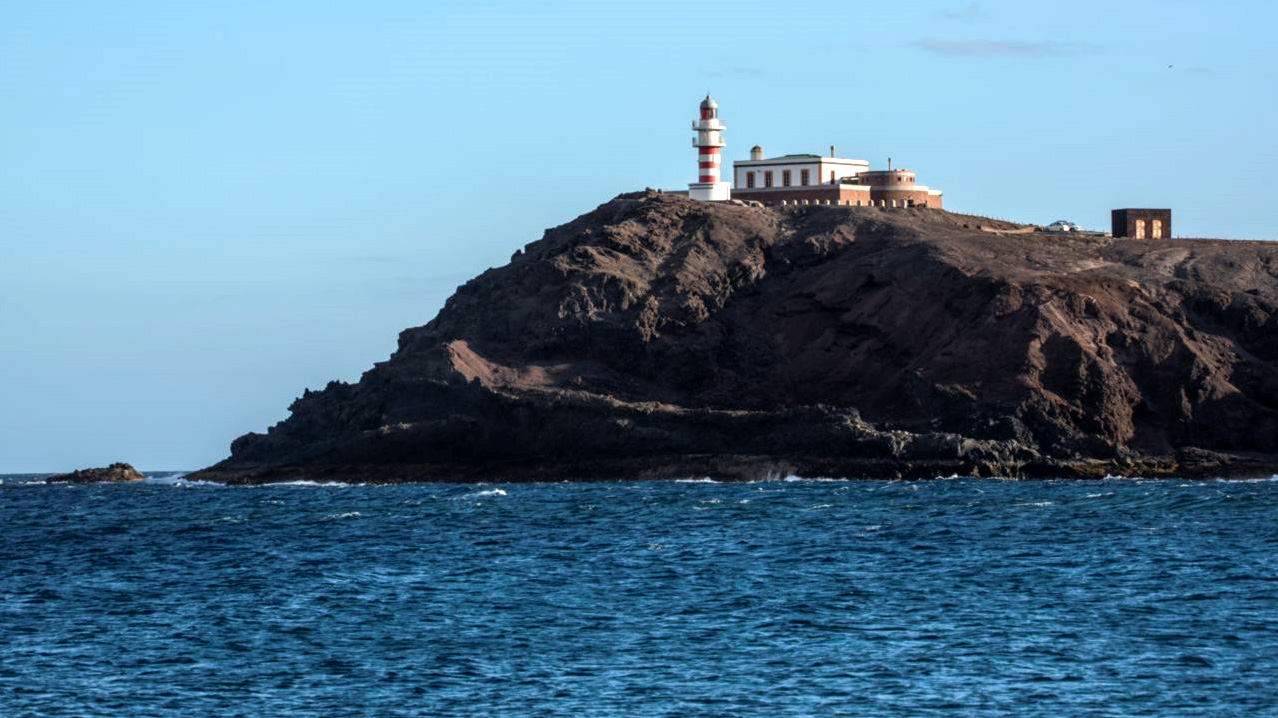

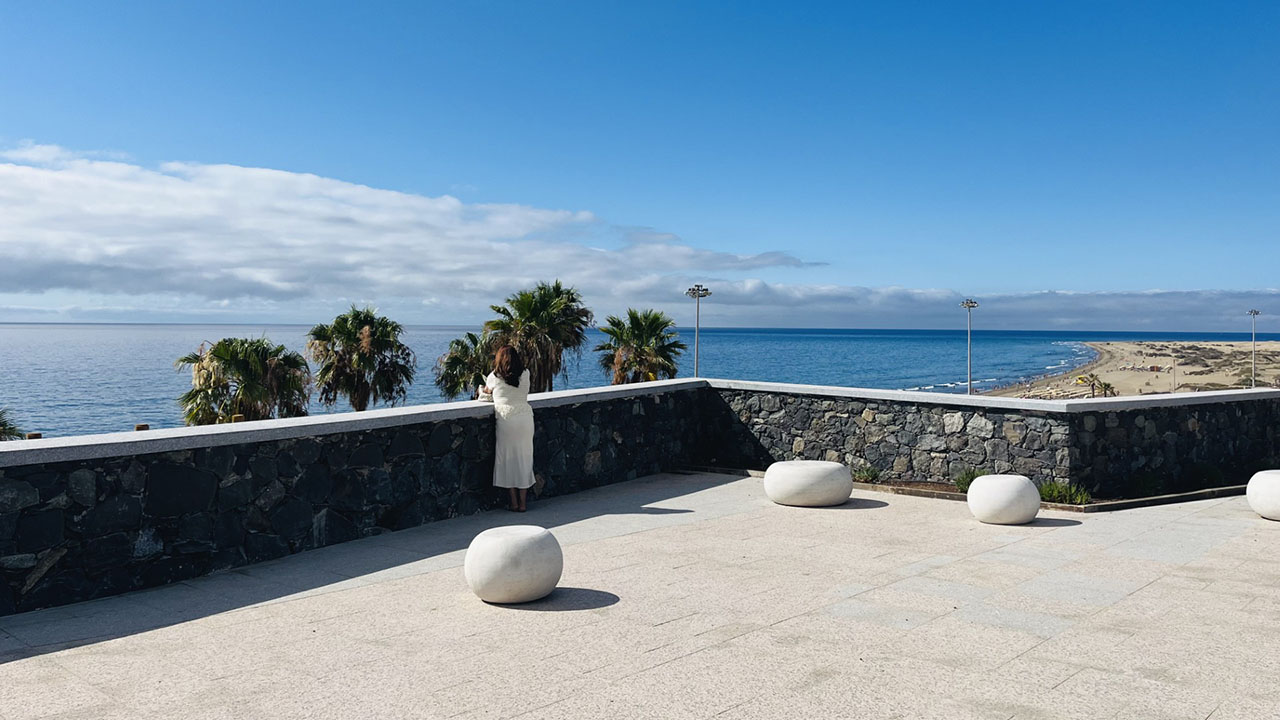
Comments are disabled for this post.